Back to Blog
NFT Debates: Is AI-Generated Art Better Than Traditional Art?
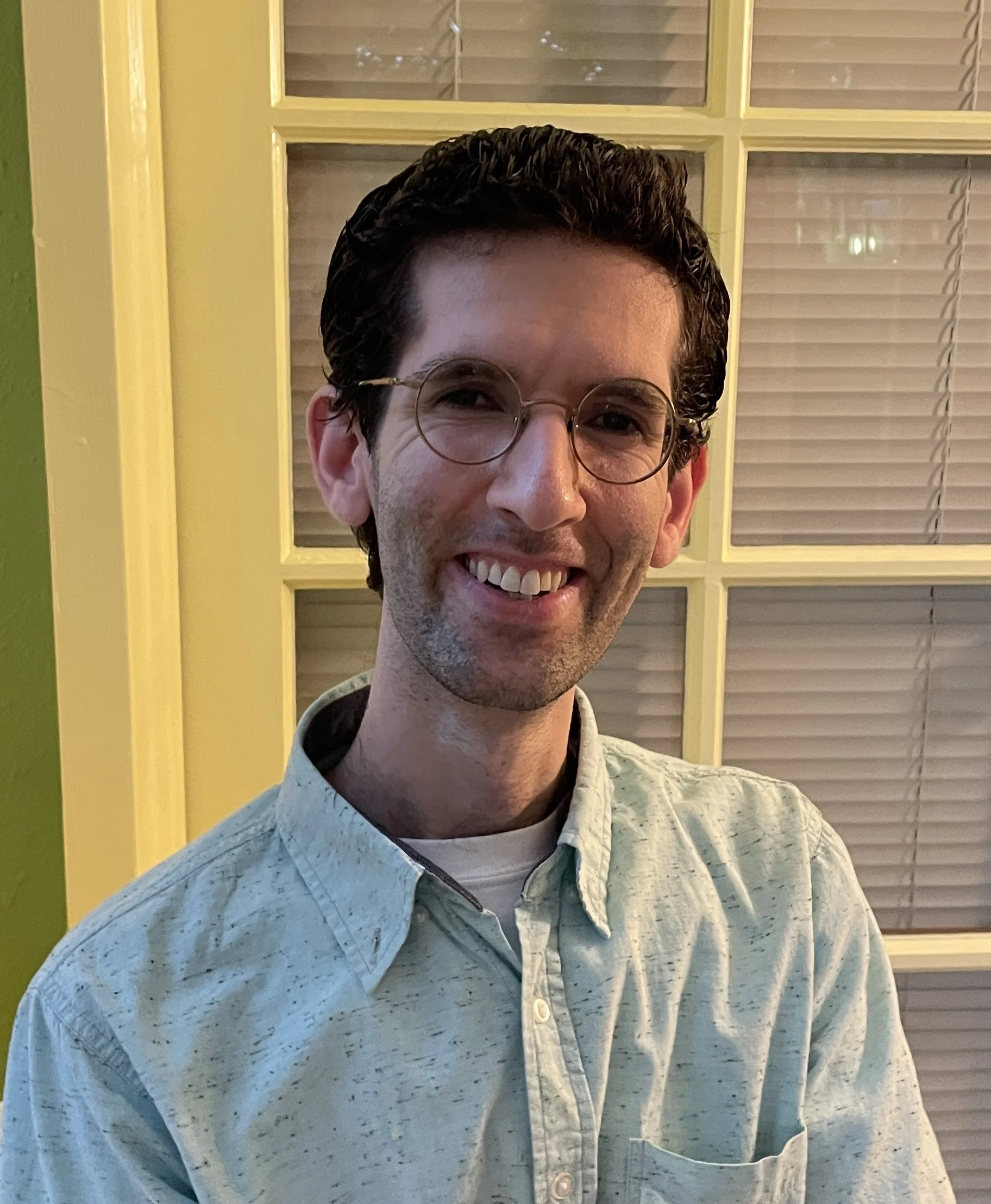
Eric Esposito
Apr 6th, 2023
.4 min read
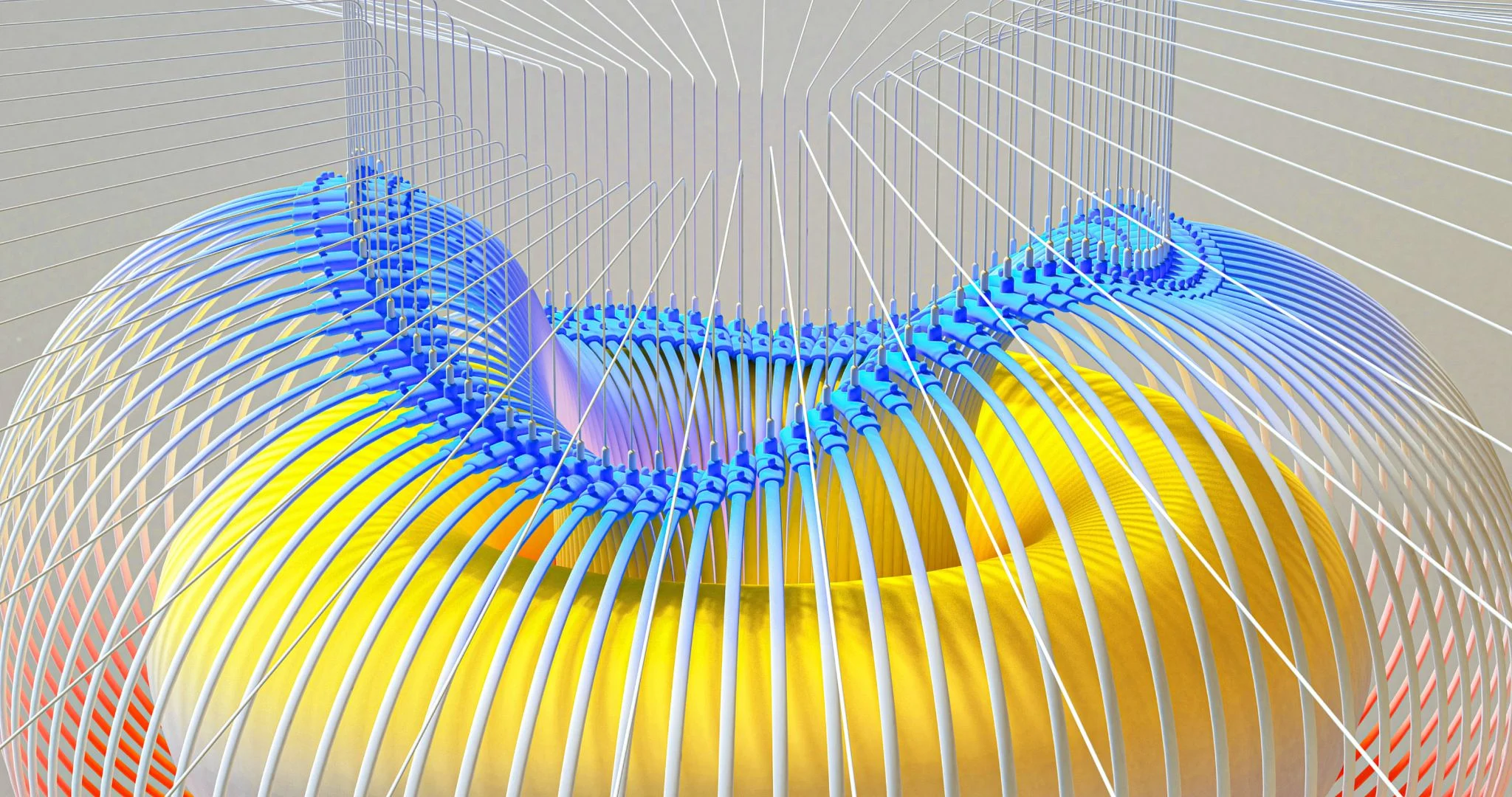
Can AI make “better” art than humans? That’s the question swirling around Twitter after Elon Musk replied to blogger Robert Scoble’s retweet of an AI piece by Chet Bliss.
After viewing Chet Bliss’s “liminal desert” landscape, Musk tweeted: “Some AI art is incredible & it keeps getting better.” However, a few respondents didn’t share Musk’s “AI aesthetics.” Notably, the entrepreneur Jeremy Padawer asked whether AI is “capable of art” since the definition of art is “the expression or application of HUMAN (sic) creative skill.”
Now that free AI art tools are widely accessible, these philosophical questions are especially pertinent in the NFT art space. While beauty ultimately resides in the eye of the beholder, plenty of people already have strong opinions over the merits of AI-generated art.
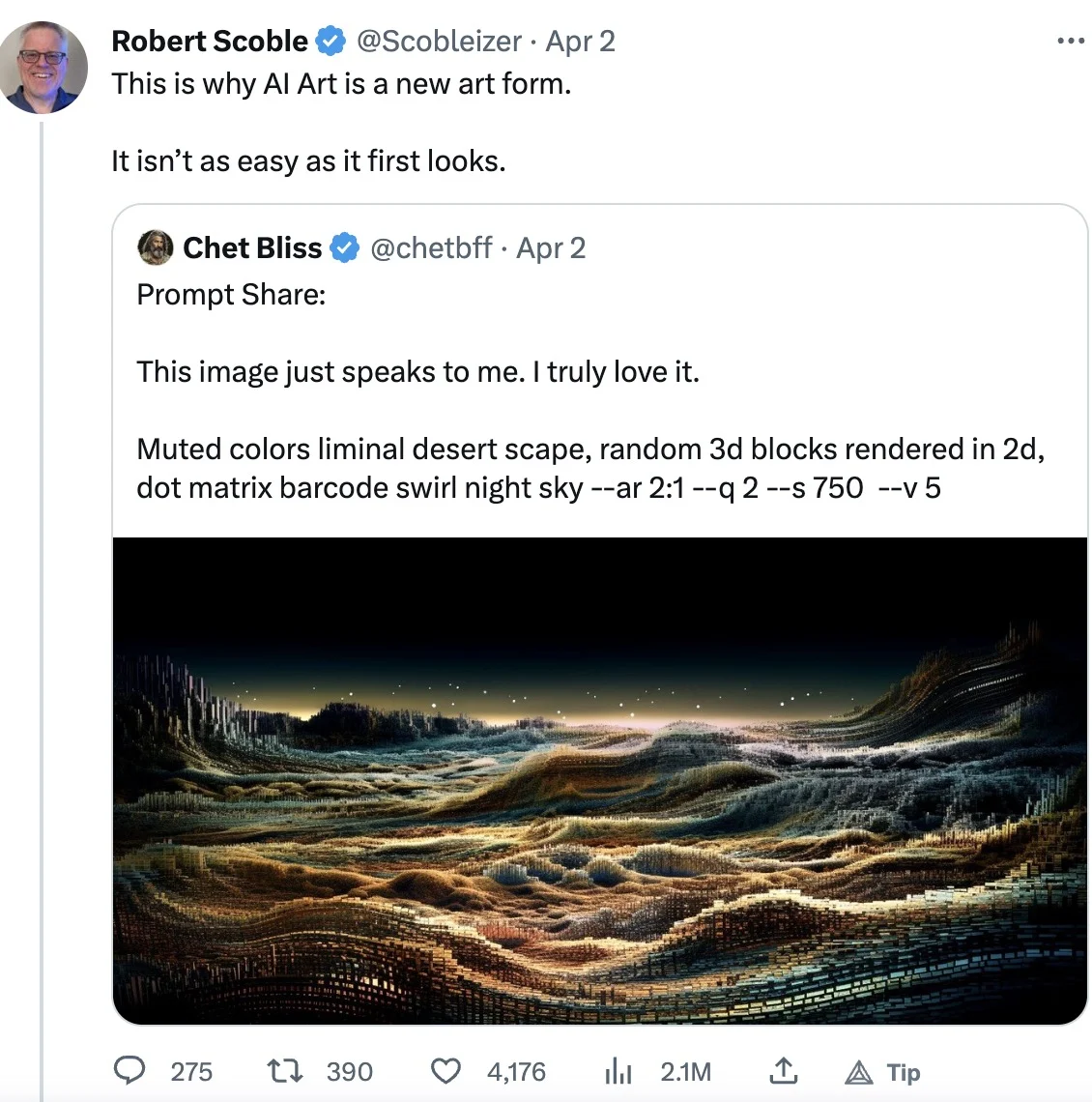
What is AI-generated art?
AI-generated art refers to any artwork (like paintings, digital images, or music) made by an artificial intelligence program. Often, artists involved in AI art generation train machines with extensive collections of art samples (also called datasets) and use algorithms to specify and filter the final product they want.
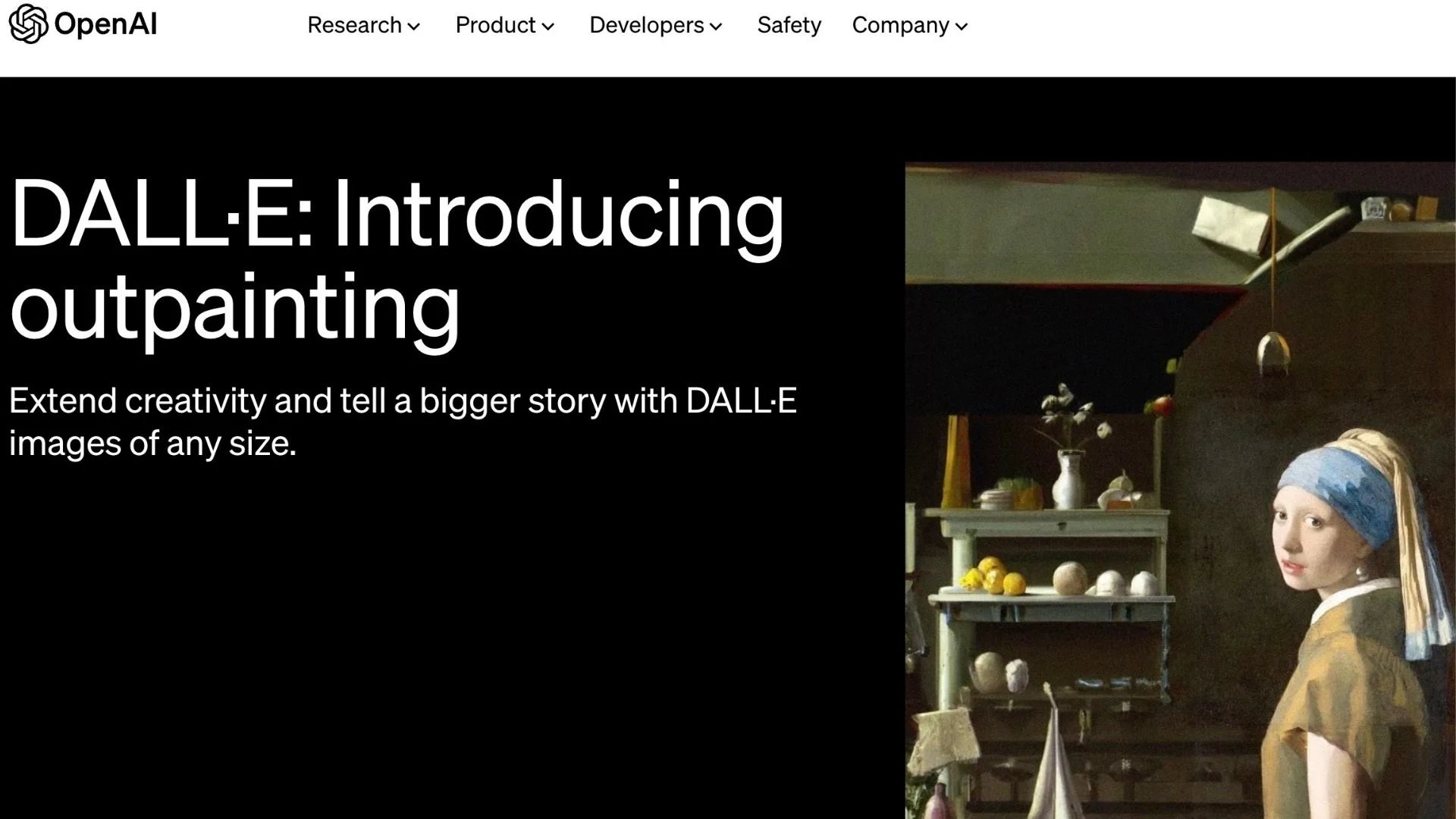
Computer programmers have been experimenting with AI art throughout the 20th century, but this field has continued to grow as more people have access to personal computers and the Internet. Thanks to platforms like OpenAI’s DALL-E 2, StarryAI, or Deep Dream Generator, creating AI-generated art from text has become simpler and more affordable for countless creators.
How to make AI-generated art
If people know how to use AI chatbots like ChatGPT, making AI-generated art should be a breeze. Most often, AI artists use carefully crafted text-based commands to conjure up any image or sound they can imagine. Creators can also use AI tools to tweak these text-based creations or optimize pre-existing artistic designs with unique filters or shadings. Often, NFT artists put AI integrations into their artworks so they change over time or in response to special events.
Although it’s possible to create a tailor-made AI art platform, artists need considerable skill in machine learning and computer science to make this a reality. Rather than spending time and resources on creating custom-made AI generators, most of today’s artists use pre-made software like DALL-E 2 to tinker with this technology.
Is AI-generated art “better” than traditional art? — surveying the art community
There are many complex arguments over whether AI-generated art is genuine “art.” In most cases, however, these theories hinge on whether humans are integral to the artistic process. If someone believes we can’t separate “humans” from “art,” then they aren’t going to view AI-generated creations as “art.” By contrast, those who don’t believe humans need to play a central role in the artistic process may be more receptive to AI-generated artworks.
On the pro side of this “AI art debate,” LinkedIn founder Reid Hoffman is well known for supporting the DALL-E 2 platform. After selling his AI-generated NFT collection “Untranslatable Words” for $24,000, Hoffman wrote on Twitter that although DALL-E 2 can produce countless artistic works in a matter of minutes, it’s not simply a fancy assembly line. According to Hoffman, each artwork DALL-E 2 generates is a “unique original asset,” ironically adding more scarcity and innovation to the digital art space.
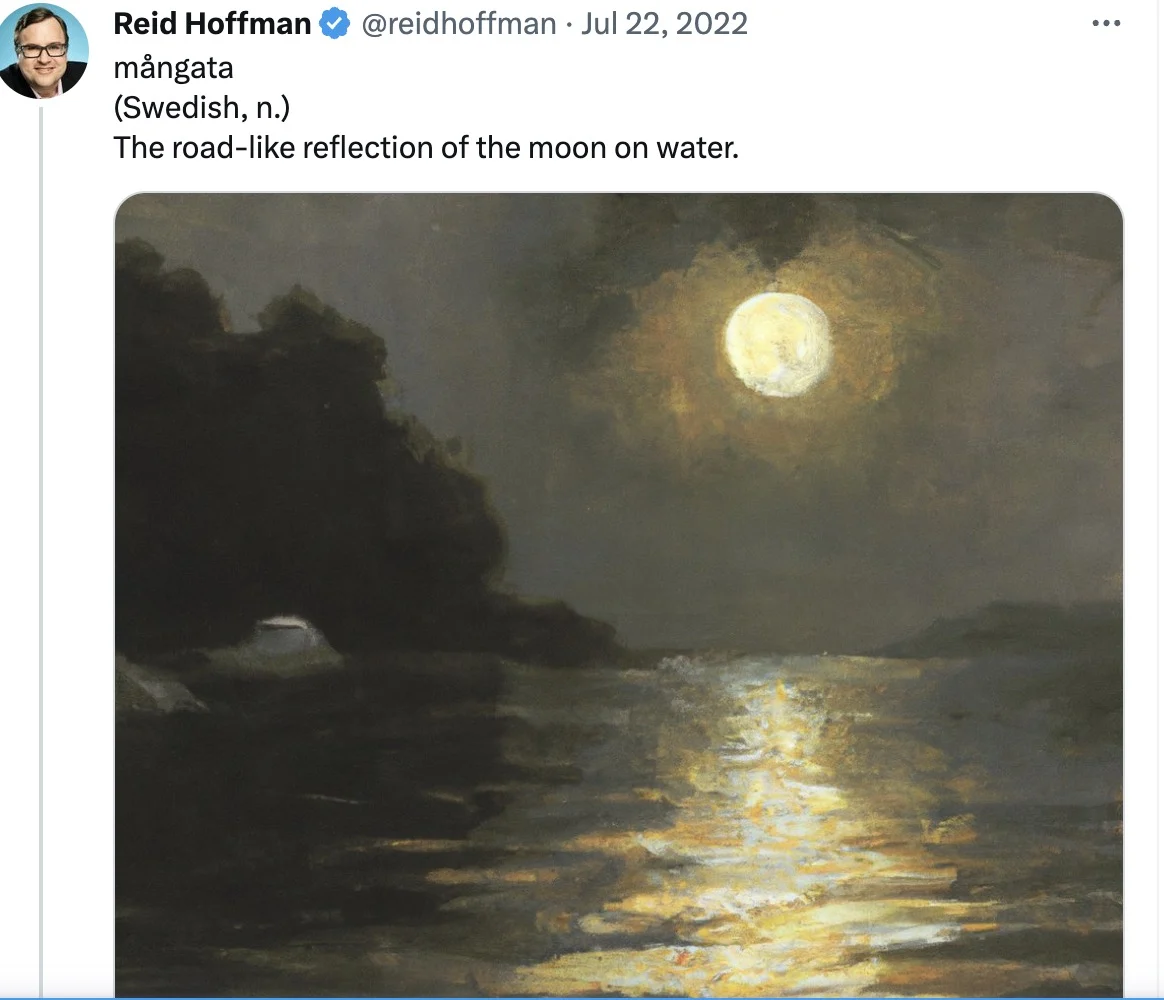
To counter Hoffman’s praise of AI art, Creative Bloq’s Editor Ian Dean points out DALL-E 2 only “knows” how to make these works of art thanks to its input data (that is, all of the human-made art fed into OpenAI’s system). Since AI art is an aggregation of pre-existing artworks — some of which are still under copyright — how much innovation does AI bring to the table?
Although Dean admits AI tools may help spur creativity and streamline processes in fields like advertising and graphic design, he remains cautious about putting AI’s capabilities on a pedestal. As Deal puts it, AI art could devalue the “creative input, talent, and years of mastered skills” artists put into their craft.
The Washington Post’s Art Critic Sebastian Smee takes a more nuanced approach to the role AI will play in contemporary art. Using LA-based artist Refik Anadol’s AI work “Unsupervised” as an example, Smee illustrates how artists are using AI to deliberately conjure unexpected images and provoke new conversations about the history of modern and contemporary art.
Displayed in New York’s Museum of Modern Art, Anadol’s “Unsupervised” uses a tailor-made algorithm, specific datasets, and a unique balance of control and chaos to create dynamic flowing colors that change and adapt to new stimuli. Smee openly admits these AI artworks are mesmerizing, thought-provoking, and worthy of serious consideration in the art world.
However, just because some works by AI algorithms are “art-worthy” doesn’t mean every AI-generated image is “art,” at least according to Smee. In his article, Smee draws an interesting parallel between the rise in AI-generated works and the booming NFT market. As more people have access to create AI images and mint NFTs, there has been a dramatic rise in quantity at the expense of quality. Smee also theorizes the increasing pervasiveness of virtual media and AI technologies will draw more artists to traditional tactile crafts such as sculpture and pottery.
So, although “AI art” deserves its own category in Smee’s estimation, not every AI image is worthy of aesthetic appreciation.
So, are AI NFTs better than 'traditional art?'
The debate rages on, and time will tell whether one side wins out, or the divide itself is replaced by a new paradigm about creativity and human expression. Everyone has a different opinion on whether the advanced technology of AI algorithms can truly capture human creativity, experience, and expression. Regardless of which side people take, it’s certainly raising interesting questions regarding copyright laws, the creative process, and our relationship with technology. It's important to note that the accessibility and practicality of AI tools could reach beyond our wildest imaginings, so it’s safe to say AI-enabled generative NFTs aren’t going away anytime soon.
Related Posts
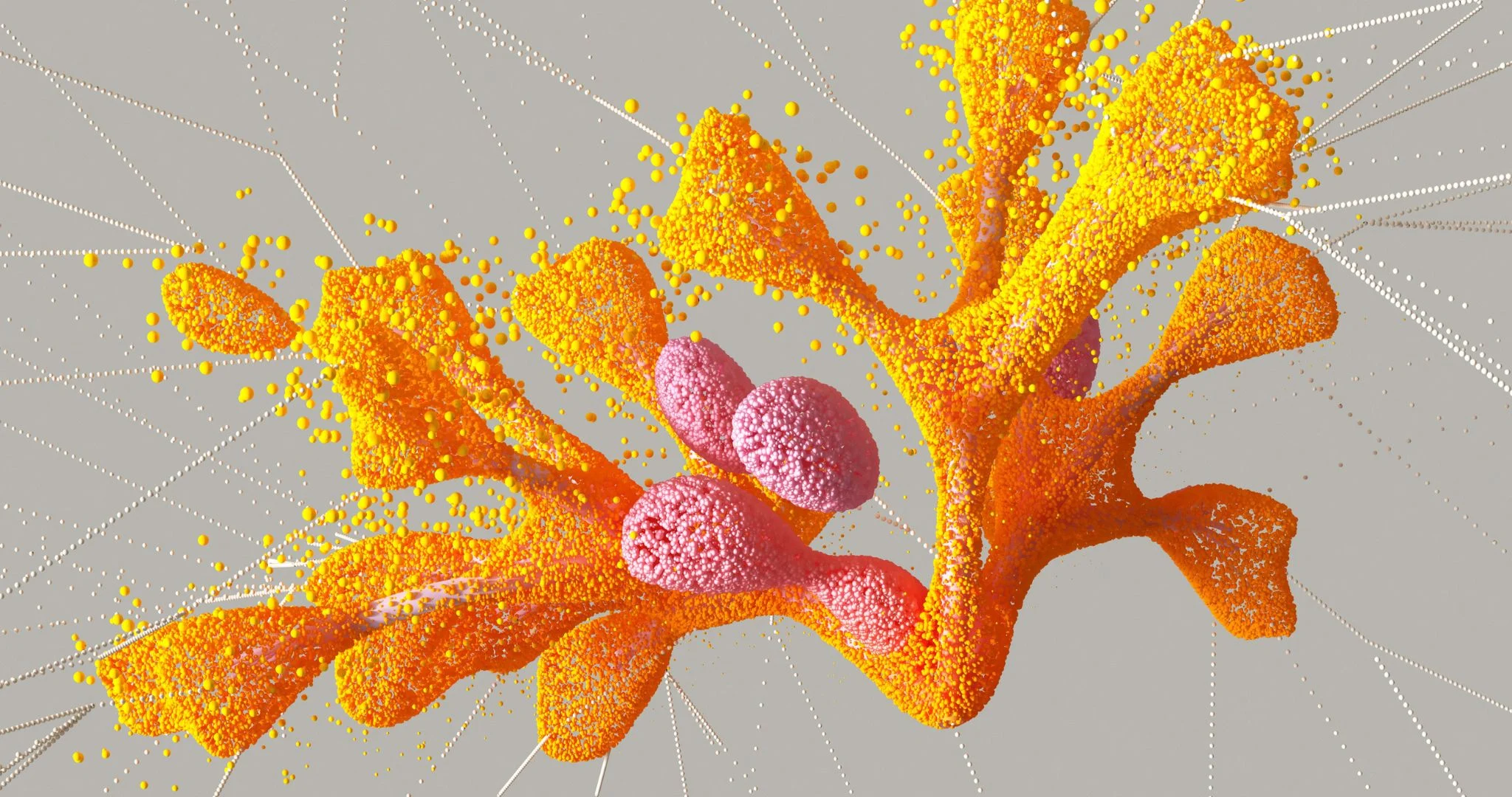
Top 10 AI Generated Art Tools: From Midjourney to ChatGPT, and More
A curated list of AI art tools to add to your creative process, from DALL-E...
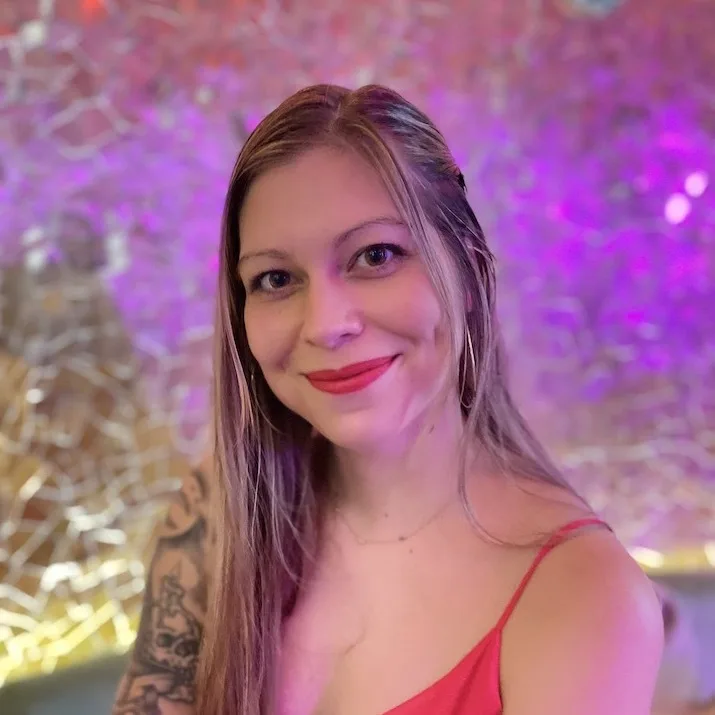
Virginia Valenzuela
Apr 5th, 2023

AI Tools Can Help Detect Fake NFTs. Here's How
More NFT markets are turning to AI tools to combat the rise in NFT copymint...

Eric Esposito
Apr 3rd, 2023
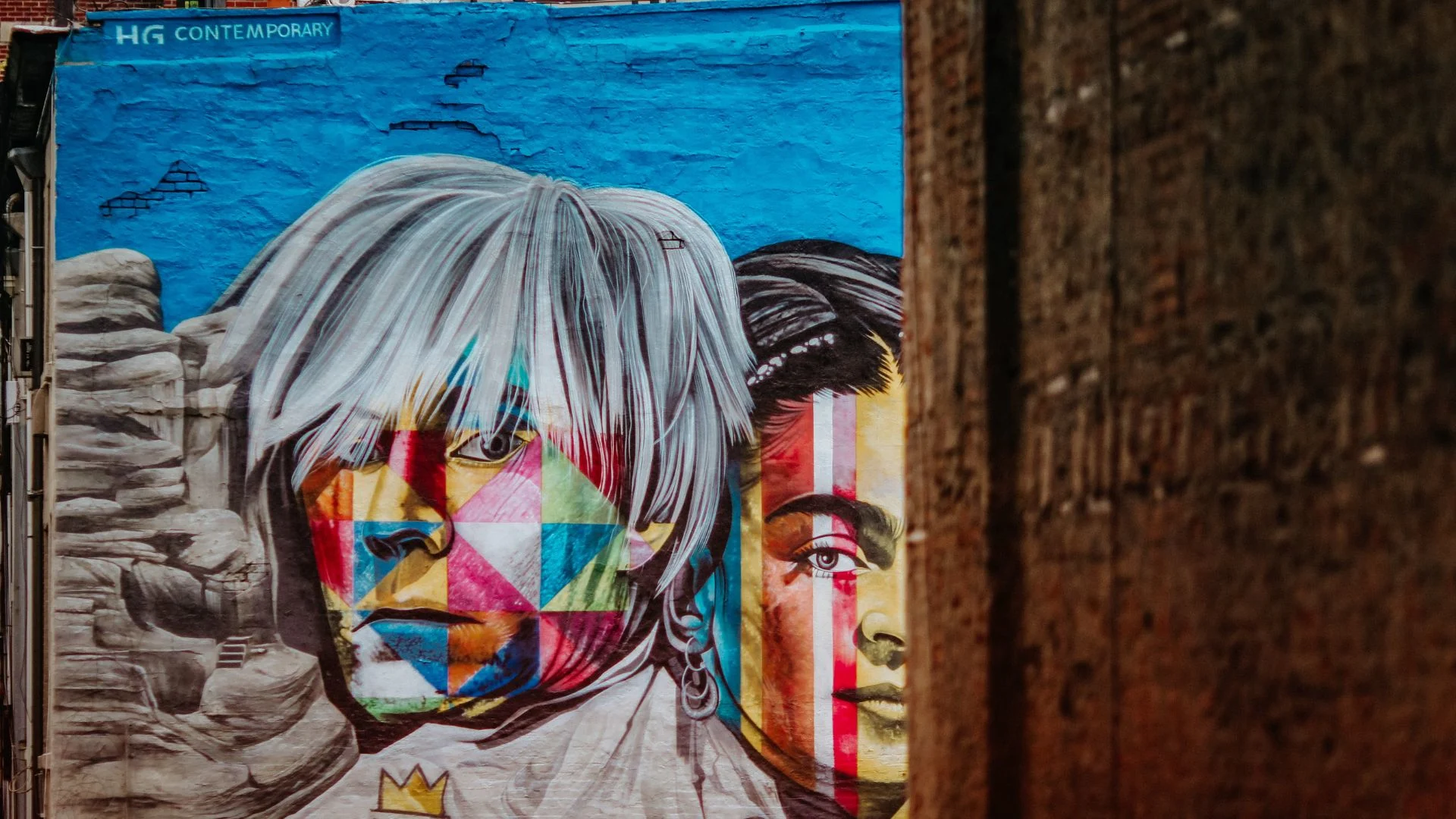
New Andy Warhol Art NFTs Could Help Elevate Younger Investors
Four of Andy Warhol’s famous artworks enter the NFT landscape with fraction...

Virginia Valenzuela
Mar 30th, 2023